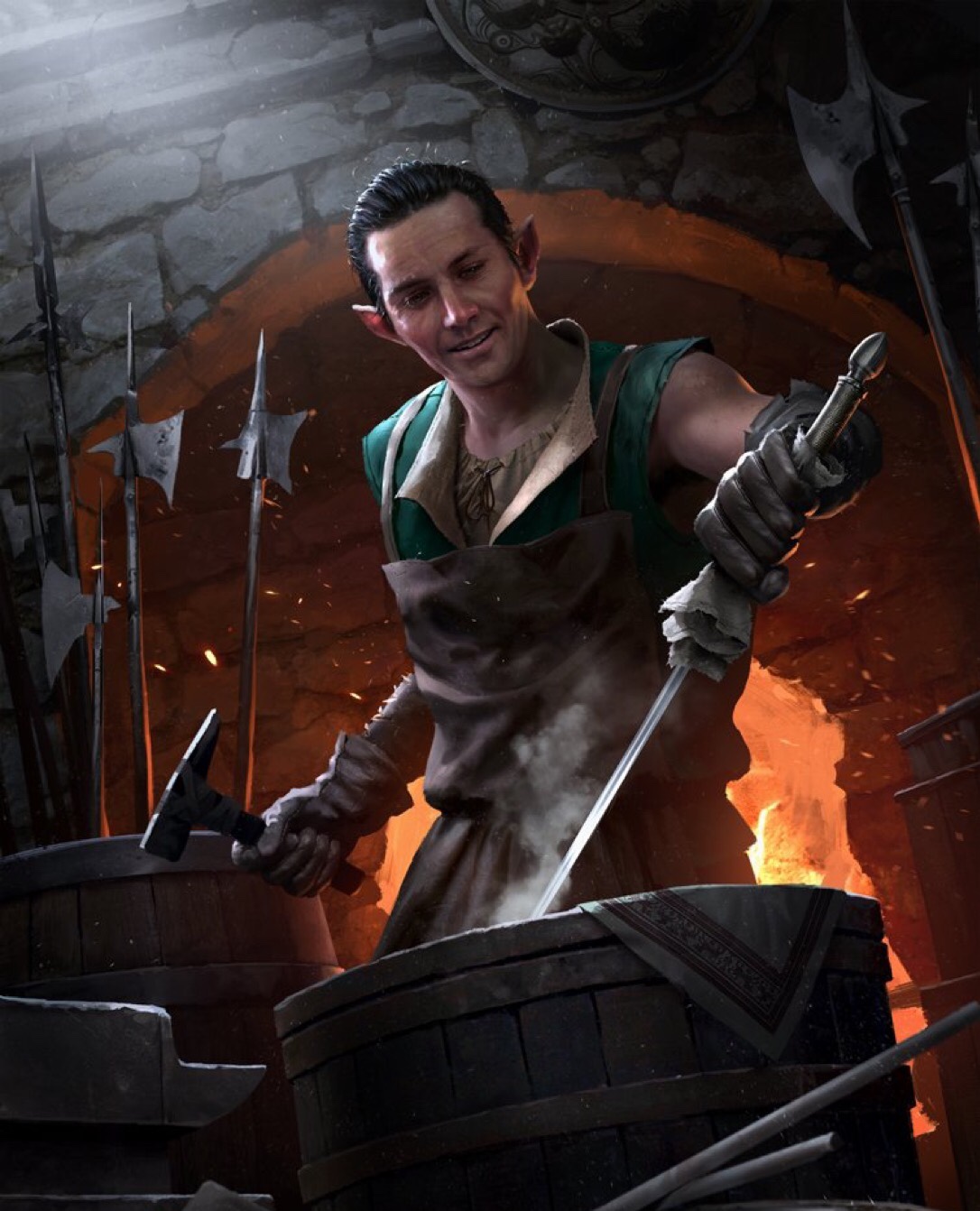

Alternate Crafting Rules
Starting a Project
When a character wants to craft something their first step is to start a project with the approval of the DM. The player and the DM must discuss and agree on the following aspects of the project:
- Resulting Item. This aspect is resolved when the player and DM both have a clear understanding of what the character is crafting. Both parties must understand exactly what the item will be and what it will do. This must include the base item, weight, and mechanical effect of the item. It can help to make an Crafting Project card when agreeing on this aspect to avoid any confusion for either party involved. If the character is trying to craft an existing item, use the listed weight and mechanical effects of the item.
- Value. This aspect is resolved when the player and DM agree on the average gold value of the resulting item. If the character is trying to craft an existing item, use the listed price for the item.
- Tool & Workstation Requirements. This aspect is resolved when the player and DM agree on whether or not a workstation is required and which tool is appropriate for the crafting of the resulting item.
Once the player and DM have resolved these aspects, the player may name the project and add it to their list of ongoing projects. A character can have any number of ongoing projects at a given time.
Working on a Project
Characters with ongoing projects can spend time working on projects to move them toward completion. First, the character chooses an ongoing project to work on, then they choose a work period from the Craft Roll table (below). In order to work on a project a character must have access to the necessary crafting station, tools, raw materials, and the in-progress item they are trying to craft (if any). Once a character meets these requirements and chooses a work period, they are considered to be crafting.
While crafting, a character has disadvantage on ability checks to perform tasks unrelated to the creation of their desired item. Crafting is considered light activity for the purposes of completing a long rest. A character can choose to stop crafting at will.
Progress
Progress is used to track how close a character is to completing a project. Each project has its own progress value that increases as characters succeed on their craft rolls to work on their projects. Projects have a maximum progress value equal to their value.
The Craft Roll
After a character spends their chosen work period crafting without interruption, they must make a craft roll. A craft roll is a DC 15 skill check using the appropriate tools for the project and an ability score of the DM's choice. In order to make this roll, a character must spend an amount of coin equal to half of the headway for the chosen work period, this represents purchasing materials, gaining access to workstations, and other costs associated with the crafting process. The DM can choose to waive this fee. On a success, the progress of the project increases by the headway associated with the work period (see the Craft Roll table below). If a character succeeds by 5 or more on their craft roll, it increases by double the headway instead. Any excess progress can be assigned to another ongoing project that uses the same tools.
Craft Roll
| Work Period | Headway |
|---|---|
| 1 hour | 5sp |
| 8 hours | 5gp |
| 1 day of downtime | 12gp |
| 1 work week of downtime | 70gp |
Completing a Project
When the progress of a project is equal to or exceeds its value, the project is considered complete and the character acquires the item.
Collaboration
With the permission of the character who started the project, other characters and NPCs can make craft rolls towards completing the project as if it were their own.

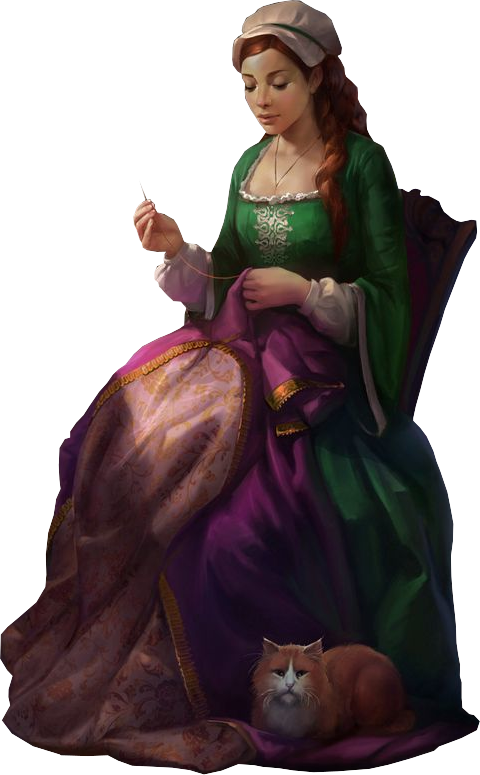
Magic Item Projects
Sometimes, characters will want to craft magic items in addition to mundane items. In order to do this a character must infuse magic into a mundane item as part of a Magic Item Project.
Starting a Magic Item Project
In order to start a Magic Item Project the player and the DM must discuss and agree on the following aspects of the project:
- Resulting Item Effect(s). This aspect resolves once the player and DM are clear on what the completed item will do. This usually involves the player proposing a magic item effect to the DM and the DM offering changes to their idea until both parties are satisfied. Make sure to discuss whether the item requires attunement as part of this step. It can help to make a Magic Item Project card when agreeing on this aspect to avoid any confusion for either party involved. If the player is creating an existing magic item, use the listed effects of the item.
- Resulting Item Rarity This aspect resolves once the player and DM are clear on what rarity the completed item will be. It can help to compare the desired effect of the item to existing magic items and the guidelines for custom magic items in the DMG. If the player is crafting an existing magic item, use the listed rarity of the item.
- Key Ingredient This aspect resolves once the player and DM are clear on whether there is a key ingredient for this project and what the key ingredient is. See the Key Ingredients section for more details on what key ingredients are and what they do. If a key ingredient exists but may not be known to the player, the DM may require an Intelligence (Arcana) check with a DC of 15 to identify the key ingredient.
- Workstation Requirements. This aspect is resolved when the player and DM agree on whether or not a workstation is required for the crafting of the resulting item.
Once the player and DM have resolved these aspects, the player may name the project and add it to their list of ongoing projects. The value of the resulting item is determined by the Magic Item Crafting table below.
Working on a Magic Item Project
Working on a magic item project follows the same basic structure as working on mundane project. Characters will select a work period from the Craft Roll table, pay their crafting fee, make their craft roll, and advance the project based on the result. However, magic item projects differ in the following ways:
- Craft rolls use Intelligence (Arcana) instead of a tool check
- To make craft rolls towards completing the project, a character must meet a minimum spellcaster level requirement as shown on the Magic Item Crafting table
- The character must have access to the mundane item they are infusing with magic throughout each work period
- Most magic item projects will have key ingredients (see below)
Magic Item Crafting
| Item Rarity |
Recommended Value | Minimum Spellcaster Level |
|---|---|---|
| Common | 100gp | 1st |
| Uncommon | 500gp | 1st |
| Rare | 2500gp | 5th |
| Very Rare | 15000gp | 11th |
| Legendary | 100000gp | 17th |
The Curse Roll
While most craftsmen won't want to make cursed items they are sometimes created anyway due to lack of skill or luck. When a character completes a magic item project they must make a DC 15 Intelligence (Arcana) check to determine whether the item bears a curse. Roll a d100 on a success or a d6 on a failure. If the result of this roll is equal to 5 or less, roll on the table of minor detrimental properties (DMG p220) or work with your DM to determine a suitable curse for your item. If the result of the roll is a natural 1, roll on the table of major detrimental properties instead (DMG p220) instead.
Key Ingredients
Key ingredients are a unique concept to magic item projects. Key ingredients represent a highly specific arcane ingredient that makes infusing the magic in to the mundane item much easier. For example, the key ingredient for a flametongue longsword might be the heart of a fire elemental. Depending on the rarity of the item being created, key ingredients might require their own adventure to obtain.
Characters that have the key ingredient for one of their ongoing magic item projects may halve the value of the project for the purposes of crafting. When the item is completed the key ingredient is consumed.
Crafting Consumables
Consumable items such as scrolls and potions follow the same rules as other magic items with a few exceptions:
- The value of consumable projects is halved
- Consumable projects require no mundane item to serve a base
- The DM may rule that tool proficiencies can be used in place of Intelligence (Arcana) for craft rolls. For example, making potions might be an alchemist's supplies check instead.
Artificers and Magic Items
It is well known that artificers are the masters of creating and infusing magic items. As such, they gain the following benefits:
- The values of their magic item projects are halved
- They may ignore the minimum spellcaster level requirement for making craft rolls on magic item projects
- They may use an Artisan's Tool of the DM's choice in place of Intelligence (Arcana) checks made as part of craft rolls
Craftsman Feats
Armorer
You are skilled at fortifying armors & shields, granting you the following benefits:
- Increase your Strength, Dexterity, Intelligence, or Wisdom by 1, to a maximum of 20.
- You gain proficiency with your choice of leatherworker's tools, smith's tools, or woodcarver's tools.
- As part of a short rest, you can temporarily reinforce a set of armor. The next time a creature wearing the armor would take damage, they can reduce the damage by 1d10 + your proficiency bonus.
- Once during each long rest, you can fortify an armor set or shield of your choice. You must spend at least 1 collective hour throughout your rest working on the chosen item using your chosen tools. A creature wearing or wielding the item adds half of your proficiency bonus to its AC until you complete another long rest.
Cobbler
You are skilled at altering an reinforcing practical footwear, granting you the following benefits:
- Increase your Strength, Dexterity, Intelligence, or Wisdom by 1, to a maximum of 20.
- You gain proficiency with cobbler's tools.
- As part of a short rest, you can perform brief repairs and cleaning on a set of shoes of your choice. The next time a creature wearing these shoes makes a Dexterity saving throw, they can add your proficiency bonus to the result.
- Once during each long rest, you can improve or maintain a set of shoes of your choice. You must spend at least 1 collective hour throughout your rest working on the chosen shoes using your cobbler's tools. A creature wearing these shoes gains a number of the following benefits equal to your half of your proficiency bonus until you complete another long rest:
- Your move speed cannot be reduced without setting it to 0
- You ignore difficult terrain
- You have advantage on Dexterity (Stealth) checks that rely on moving silently
- Your move speed increases by 5 feet
Fashion Designer
You are skilled at augmenting stylish fashion items such as clothes, shoes, and jewelry, granting you the following benefits:
- Increase your Dexterity, Intelligence, Wisdom, or Charisma by 1, to a maximum of 20.
- You gain proficiency with your choice of cobbler's tools, jeweler's tools, or weaver's tools.
- As part of a short rest, you can apply polish and simple patchwork to an item of your choice. The next time a creature wearing the chosen item would fail a skill check using Charisma, they can re-roll their skill check and take the new result.
- Once during each long rest, you can choose and clean and patch up of a number of items equal to half of your proficiency bonus to better suit their owner's desired appearance. You must spend at least 1 collective hour throughout your rest working on the chosen items using your chosen tools, then for each item choose a skill associated with Charisma. A creature wearing the item has advantage on skill checks using the chosen skill until you complete another long rest.
Master Craftsman
Few can rival your skill with a set of tools. You gain the following benefits:
- Increase your Strength, Dexterity, Intelligence, or Wisdom by 1, to a maximum of 20.
- Choose one type of artisan's tool in which you have proficiency. You gain expertise with those tools, which means your proficiency bonus is doubled for any ability check you make with it. The tools you choose must be a type that isn't already benefiting from a feature, such as Expertise, that doubles your proficiency bonus.
- Whenever you make progress towards crafting an item using a tool that you have expertise with, you make double the progress.
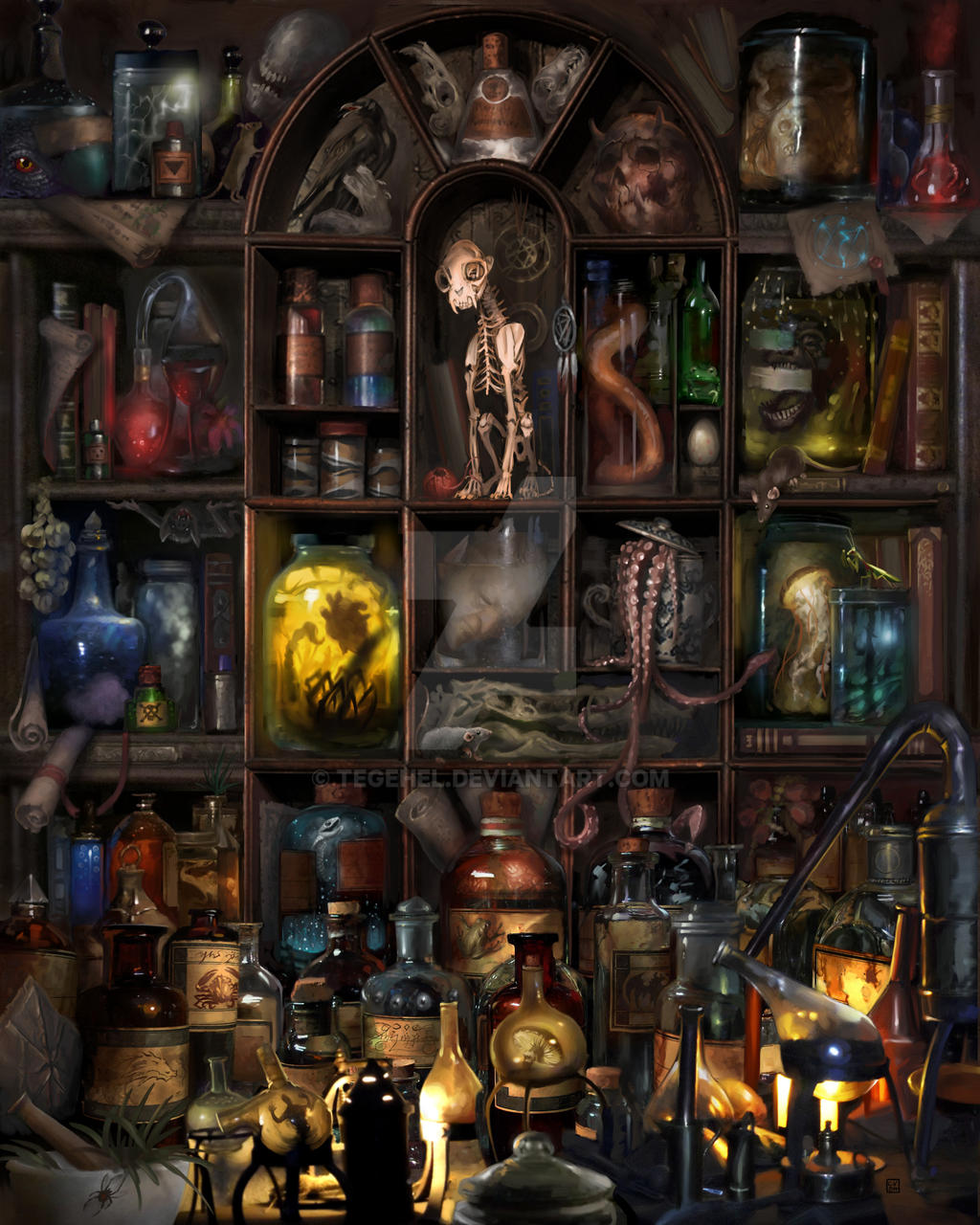


Weaponsmith
You are skilled at reinforcing and sharpening weapons, granting you the following benefits:
- Increase your Strength, Dexterity, Intelligence, or Wisdom by 1, to a maximum of 20.
- You gain proficiency with your choice of smith's tools or woodcarver's tools.
- As part of a short rest, you can temporarily apply oils and prepare a weapon of your choice. The next time a creature hits an attack with the weapon, it deals additional damage equal to 1d8 + your proficiency bonus.
- Once during each long rest, you can sharpen or reinforce a weapon of your choice. You must spend at least 1 collective hour throughout your rest working on the chosen weapon using your chosen tools. A creature wielding the weapon adds half of your proficiency bonus to attack and damage rolls made with that weapon until you complete another long rest.
Crafting Example
Starting the Project
Kyle wants his character Agito, a warrior from a far off land, to craft a traditional katana in the style of his homeland. The first step is to start the project. Kyle discusses with his DM and they decide that a katana would function similarly to a longsword, but with the Finesse property. They decide that the katana will have a value of 100gp since swords of this quality would be uncommon and would be inherently more powerful than a normal longsword. Kyle argues that because the katana has the finesse trait it should be lighter than a normal longsword, his DM agrees and decides the katana will weigh 2 lb. instead of 3 lb. Finally, the two agree that smith's tools are the most appropriate set of tools and that a workstation would certainly be required for the forging of this sword. With all the necessary discussion complete, Kyle records the info discussed above on a Crafting Project card and Agito is ready to begin crafting.
Crafting
Luckily for Agito, the party has just returned to town after clearing out a local dungeon and the DM explains that they will have two weeks of downtime. With some free time on his hands, Agito gets to work on crafting his katana. Kyle declares that he will spend a workweek of downtime crafting and play continues with each player deciding how they want to spend their downtime. When the first workweek completes, Agito has made enough progress to make a craft roll towards completing his project.
First, the DM decides that since Agito doesn't have his own workstation or materials he will be paying a fee to represent gaining workstation access and buying materials. Kyle checks the craft roll table and sees that the headway for a workweek of downtime is 70gp, so Agito pays 35gp. Then Agito makes his craft roll using his smith's tools. He rolls a 12 and adds his +6 bonus to smith's tools checks for a total of 18. Since all craft rolls have a DC of 15, he succeeds! Kyle then adds the 70gp of headay to the progress of the katana project. Since this is the first time Agito is working towards crafting his katana, he has a total of 70gp worth of progress. With the project sitting at 70gp progress out of 100gp value, Agito is nearly done crafting.
Kyle then decides that since Agito wants this blade completed as soon as possible he will begin choosing work periods of days. For each day that passes Agito spends 6gp and rolls with his smith's tools against a DC of 15. On the first day he succeeds with a 16 and gains 12gp worth of progress towards his katana, for a total of 82gp worth of progress. On the second day he fails with a total of 8, making no progress towards completing his project. On the third day he rolls a natural 20 for a total of 26, lucky! Since he succeeded on his craft roll by more than 5, the normal headway of the day is doubled to 24. When Kyle adds 24gp to the progress, he has a total of 106gp progress out of 100gp value, the katana is complete!
Result
As soon as the progress of the katana exceeded its value, Agito was done crafting. Agito spent a total of 10 days crafting and spent 53gp on materials and workstation access. As was agreed upon when the project was started, Agito receives a Longsword with the finesse property that Kyle decides to call it a katana.
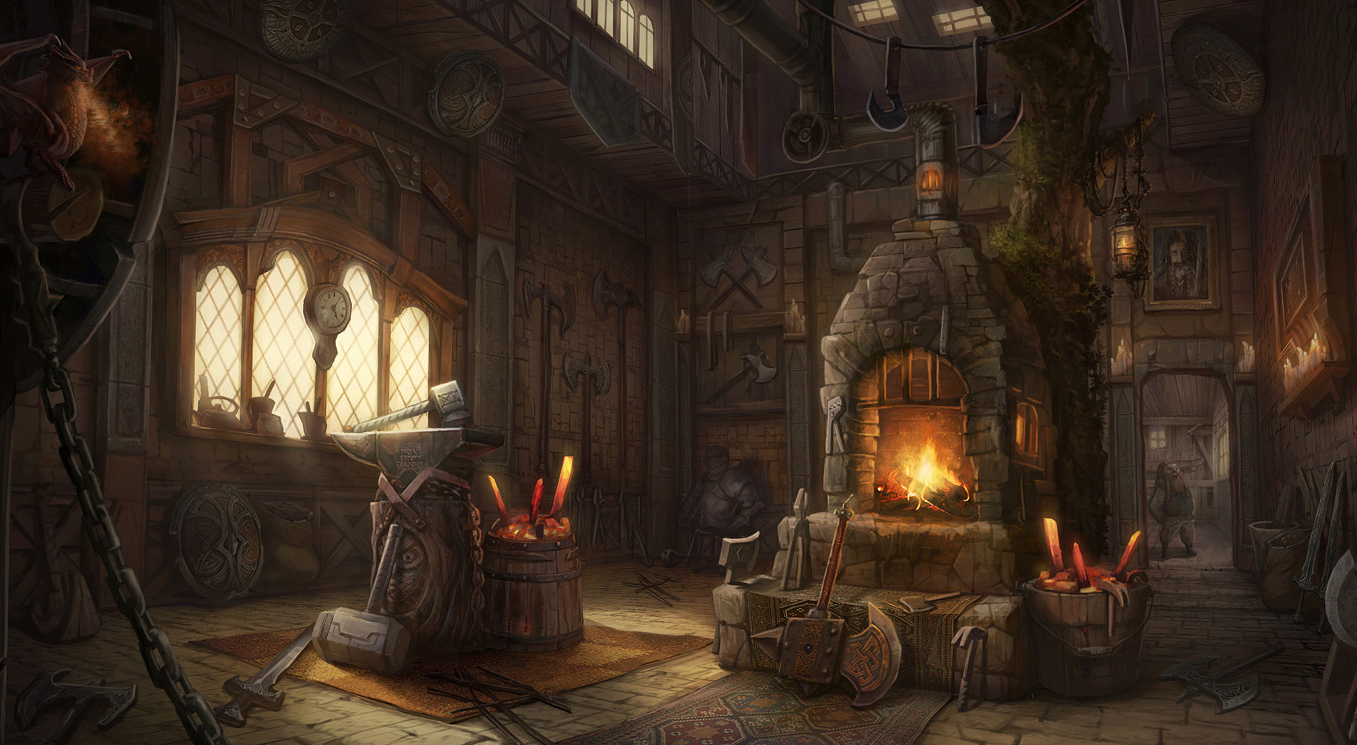

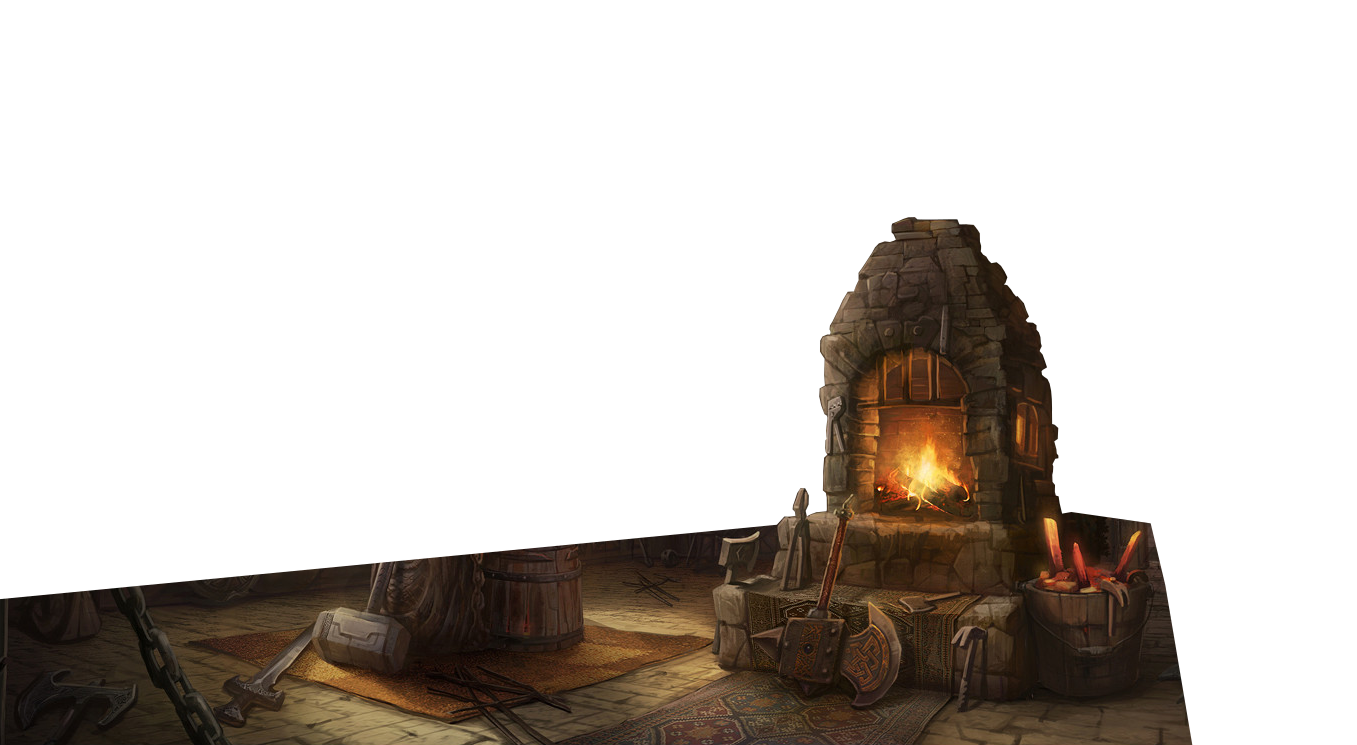
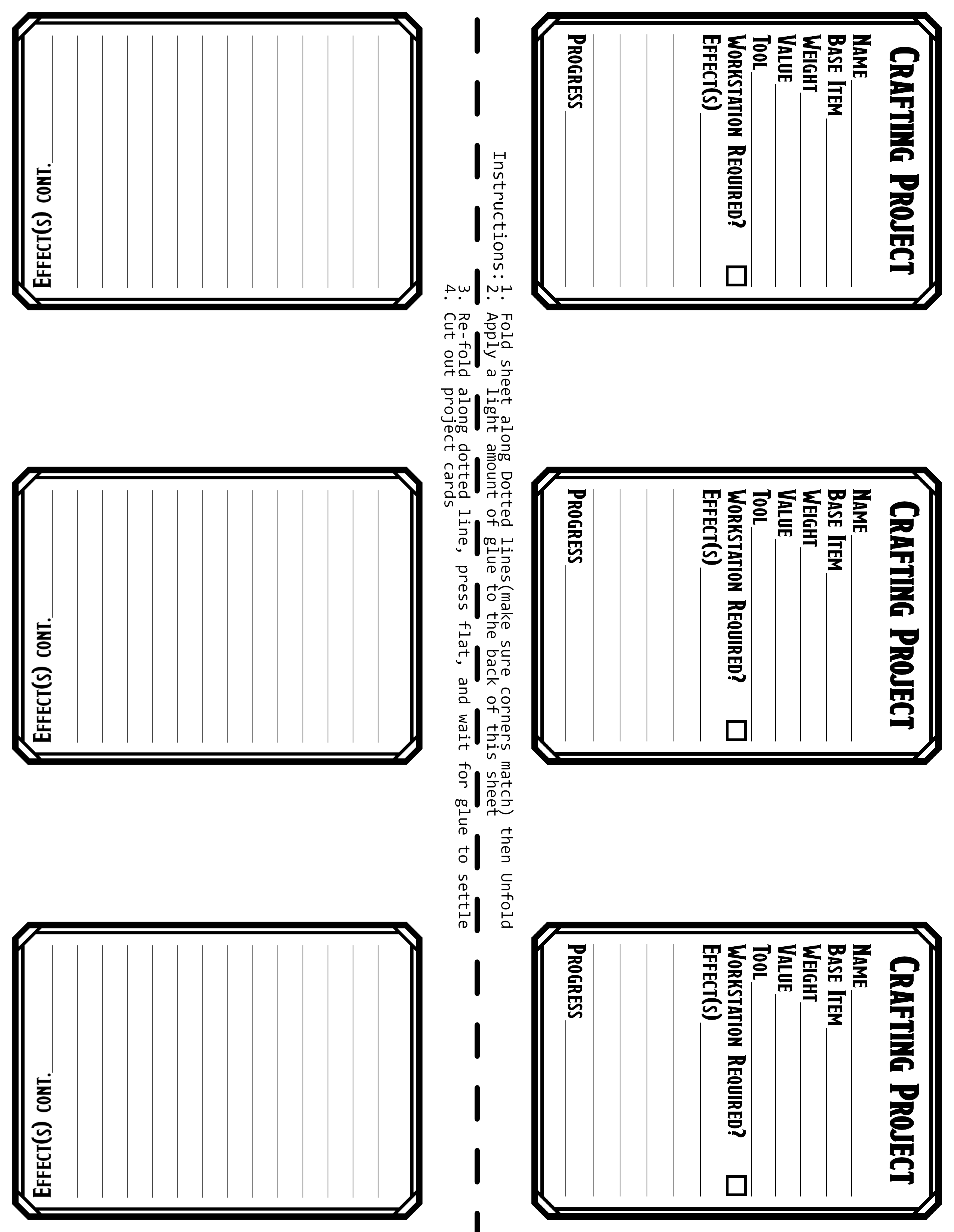
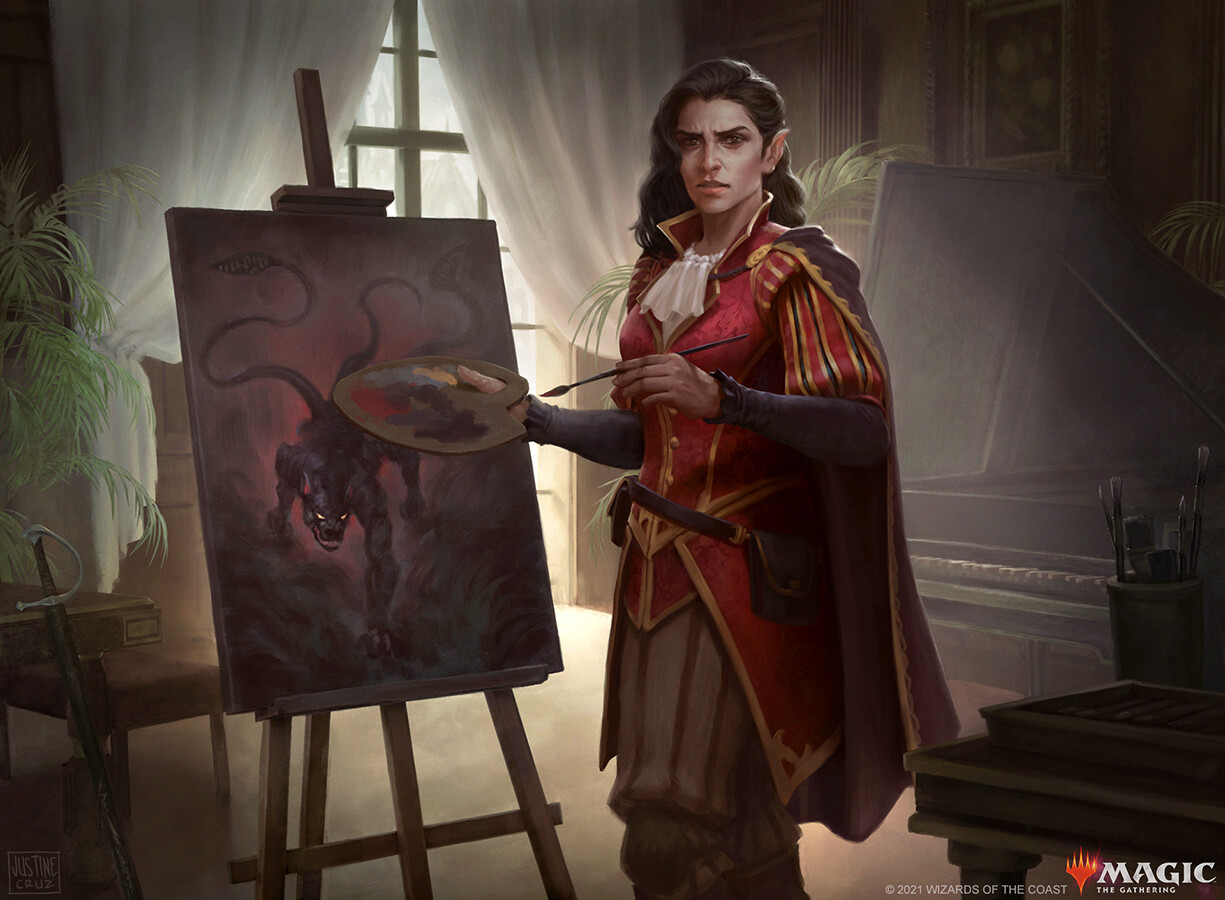
Craftsman Toolkit
Version Info
This is Version 1.1 of The Craftsman Toolkit, created by Xpertranger
Art Credits
- Front Cover: Éibhear Hattori by Bryan Sola
- Seamstress Art(Page 2): Dressmaker by Anna-lakisova
- Potion Art(Page 4): Magic Potions by tegehel
- Workstation Art(Page 5): The Dwarf Blacksmith Room by Chivy
- Back Cover: Kalain, Reclusive Painter- Legendary Creature by Justine Cruz
- Arcane Tinkerer Art: Sourceless MidJourneyAI art generation
Enjoy My Work?
Find more of my content via the following links
Visit my Patreon or DriveThruRPG page to support the creation of more content like this and gain access to premium content
